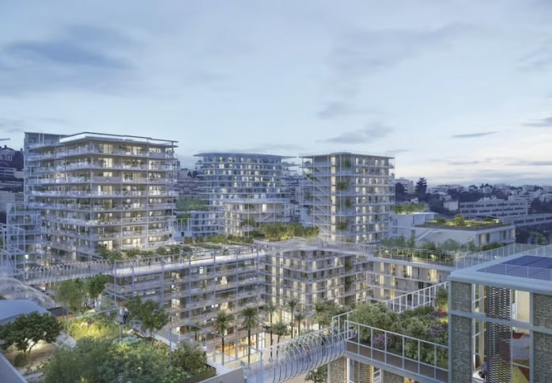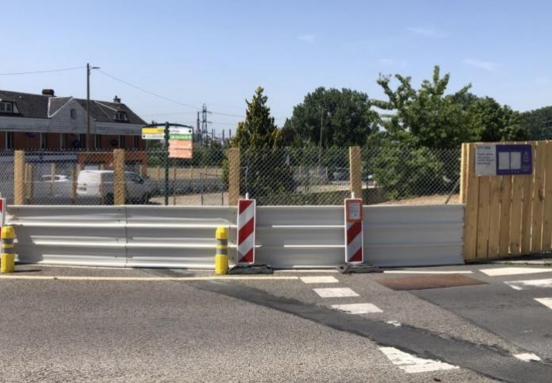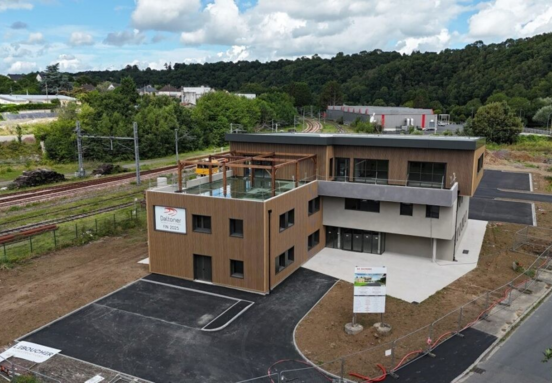The evolving landscape of office spaces
The concept of the office as a static corporate base is rapidly becoming a relic of the past. Driven by the surge in remote work, shifting employee expectations, and an urgent focus on environmental responsibility, commercial office real estate is undergoing a profound transformation. This isn't about offices disappearing; it's about them fundamentally changing to meet the dynamic needs of modern businesses and their workforces.
What businesses demand today
Post-pandemic, tenant companies have clear, elevated expectations for their workspaces. Businesses are no longer just looking for four walls and a desk; they're seeking environments that actively support their operational goals and foster employee well-being. The key demands include:
Flexibility: The era of rigid layouts is over. Companies now prioritize flexible office solutions such as flex office setups, coworking spaces, and hybrid models that seamlessly blend remote and in-person work.
Prime location & accessibility: Strategic location remains paramount. Businesses seek central, well-connected offices that are easily accessible to employees and clients, reducing commute times and enhancing convenience.
Sustainability & performance: Environmental responsibility is no longer optional. Tenants expect offices to be high-performing, energy-efficient, and designed with sustainable practices, aligning with corporate ESG (Environmental, Social, and Governance) goals.
Finding your ideal modern office
In response to these evolving demands, the commercial real estate market is refocusing its investments. There's a clear shift towards modern, durable, and highly adaptable buildings. This creates a distinct divide between premium, "prime" assets and older, often peripheral, spaces. For businesses, this means a wider availability of spaces tailored to contemporary needs.
Key features of future-ready offices:
Flexibility & adaptability: Look for offices that integrate coworking options, hybrid layouts, and modular spaces. These designs allow companies to scale up or down, reconfigure layouts, and support diverse work styles with ease.
Strategic location: Prioritize buildings in central business districts or well-connected urban hubs. Good public transport links and proximity to amenities are crucial for attracting and retaining talent.
Sustainable & efficient design: Modern offices are built with energy performance in mind, often featuring certifications (like LEED or BREEAM). These spaces not only reduce operational costs but also enhance your company's green credentials.
Designed for life & work: Beyond just workspaces, the best offices are becoming professional "living spaces" – fostering collaboration, creativity, and employee well-being through thoughtful design and integrated services.
The opportunity for businesses
While the market adjusts to new interest rates and investment strategies, this period presents a unique opportunity for businesses. Investors are acquiring high-quality assets at attractive prices, which translates into a more diverse and higher-quality inventory of available office spaces for rent. Companies can now secure cutting-edge, efficient, and inspiring work environments that might have been out of reach previously.
Navigating the new office market
As you search for your next office space, be discerning. Focus on buildings that clearly demonstrate a commitment to energy performance, modularity, and ESG standards. Offices that are poorly located, outdated, or lack modern amenities are likely to struggle with higher vacancy rates and may not offer the long-term value or appeal your business requires. Instead, choose spaces that are resilient, adaptable, and forward-thinking.
For example, recent acquisitions by investment groups illustrate this trend. A former industrial building in Marseille, transformed into a modern 1,592 sqm office space known as "L'Atelier," now offers strategic connectivity and stable rental income, demonstrating the potential of revitalized, well-located assets for forward-thinking businesses.
In summary, the office real estate market is entering a new, selective, qualitative, and sustainable phase. Businesses that seek out these adaptive, energy-efficient, and centrally located spaces will strengthen their appeal to talent and ensure a productive future.
Source: boursorama.com







